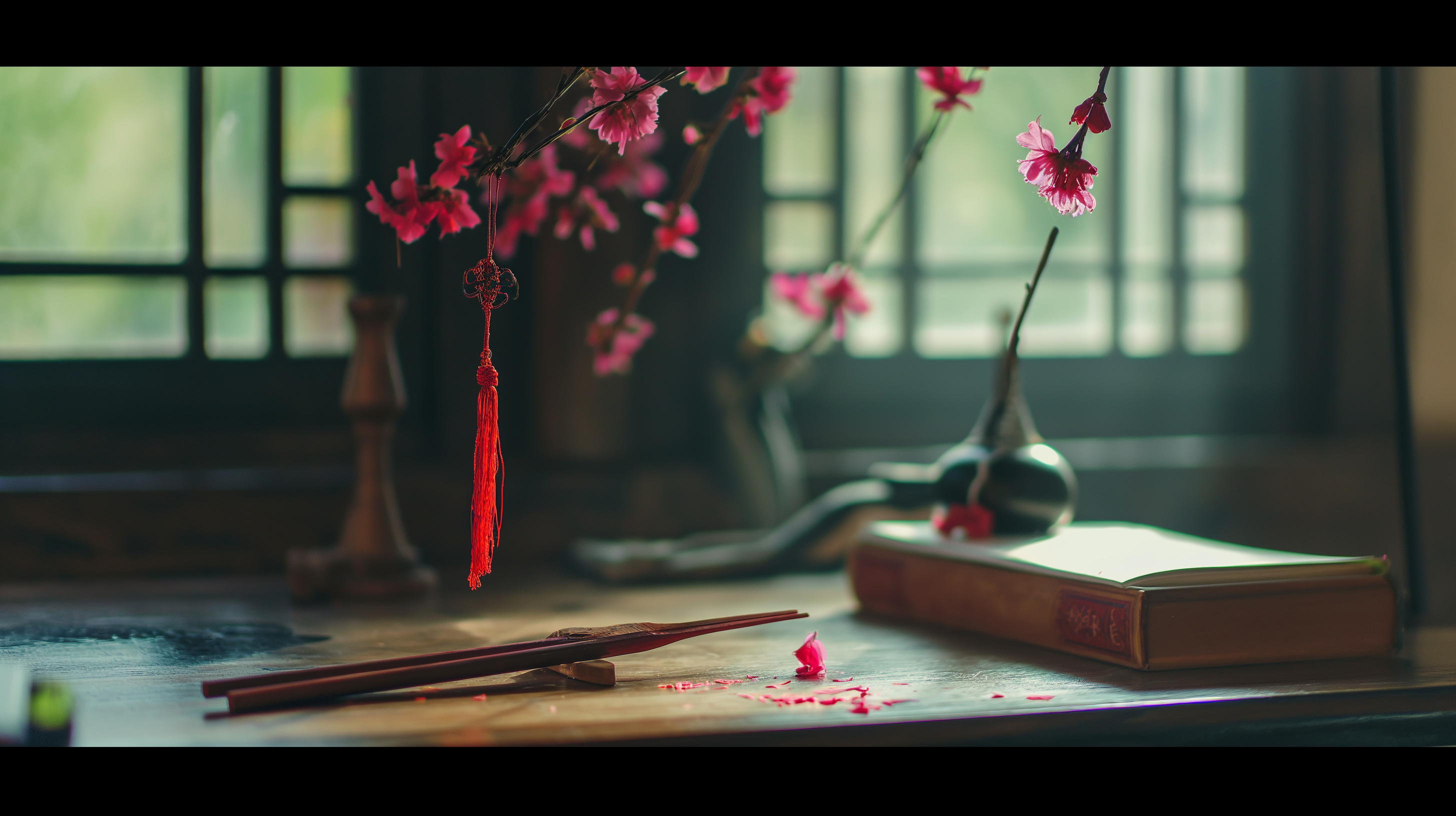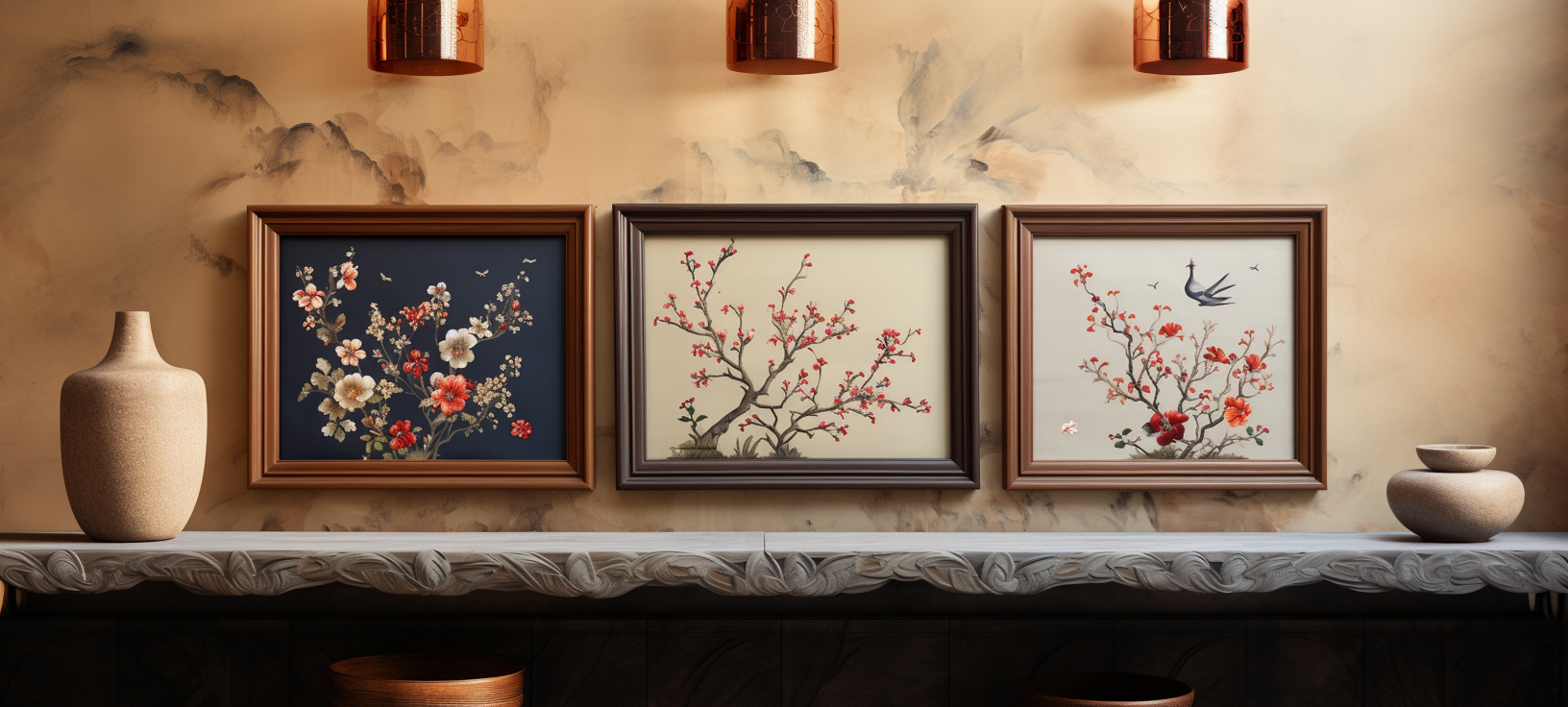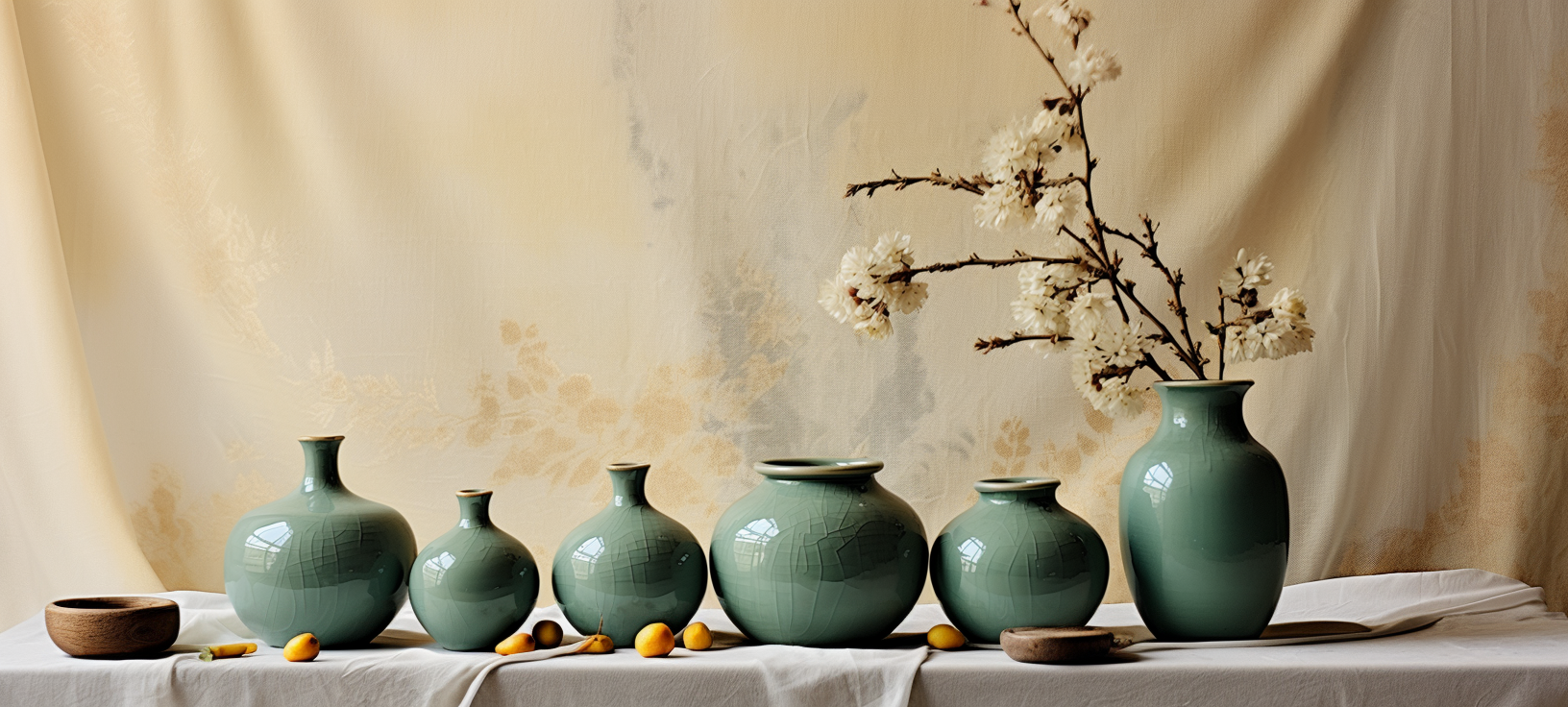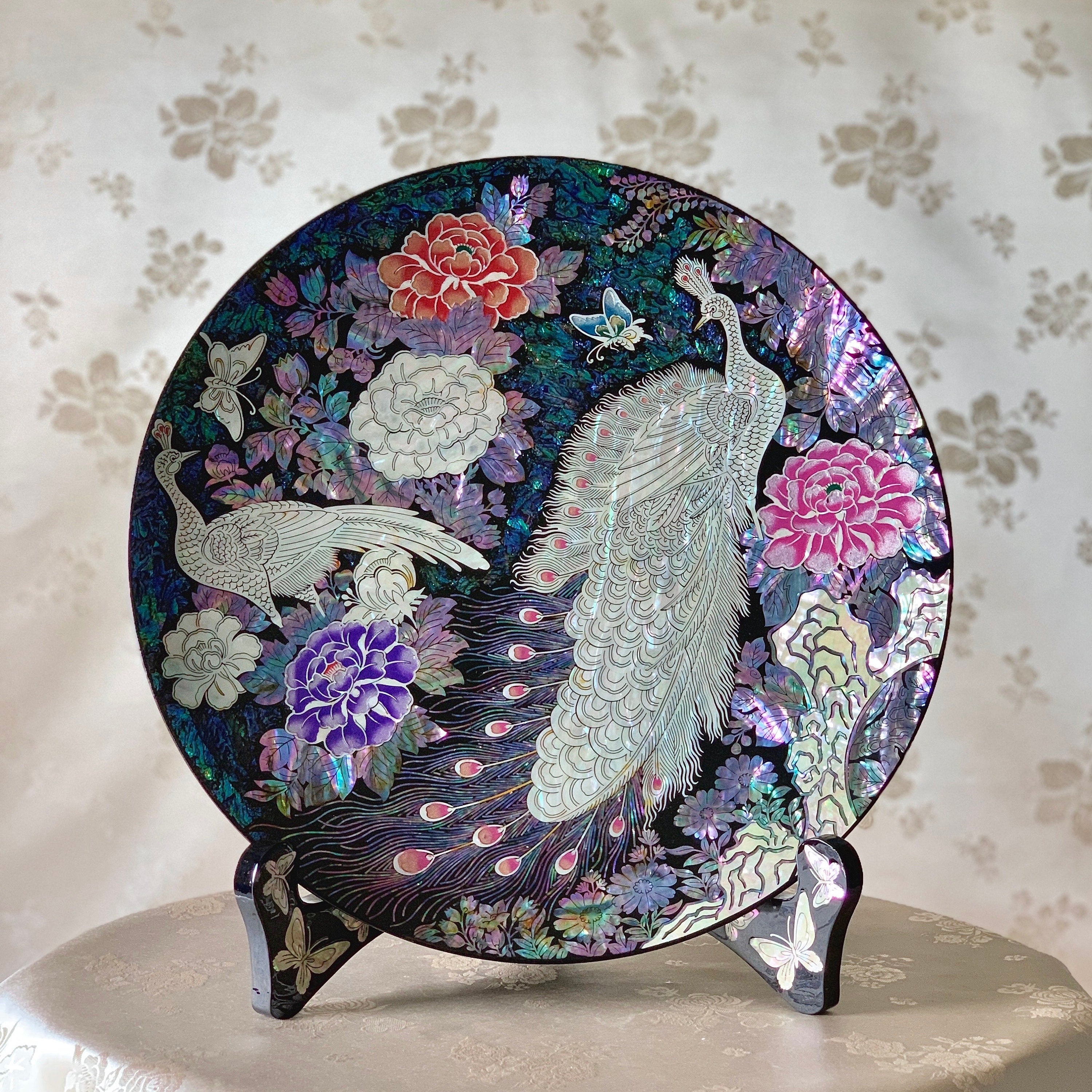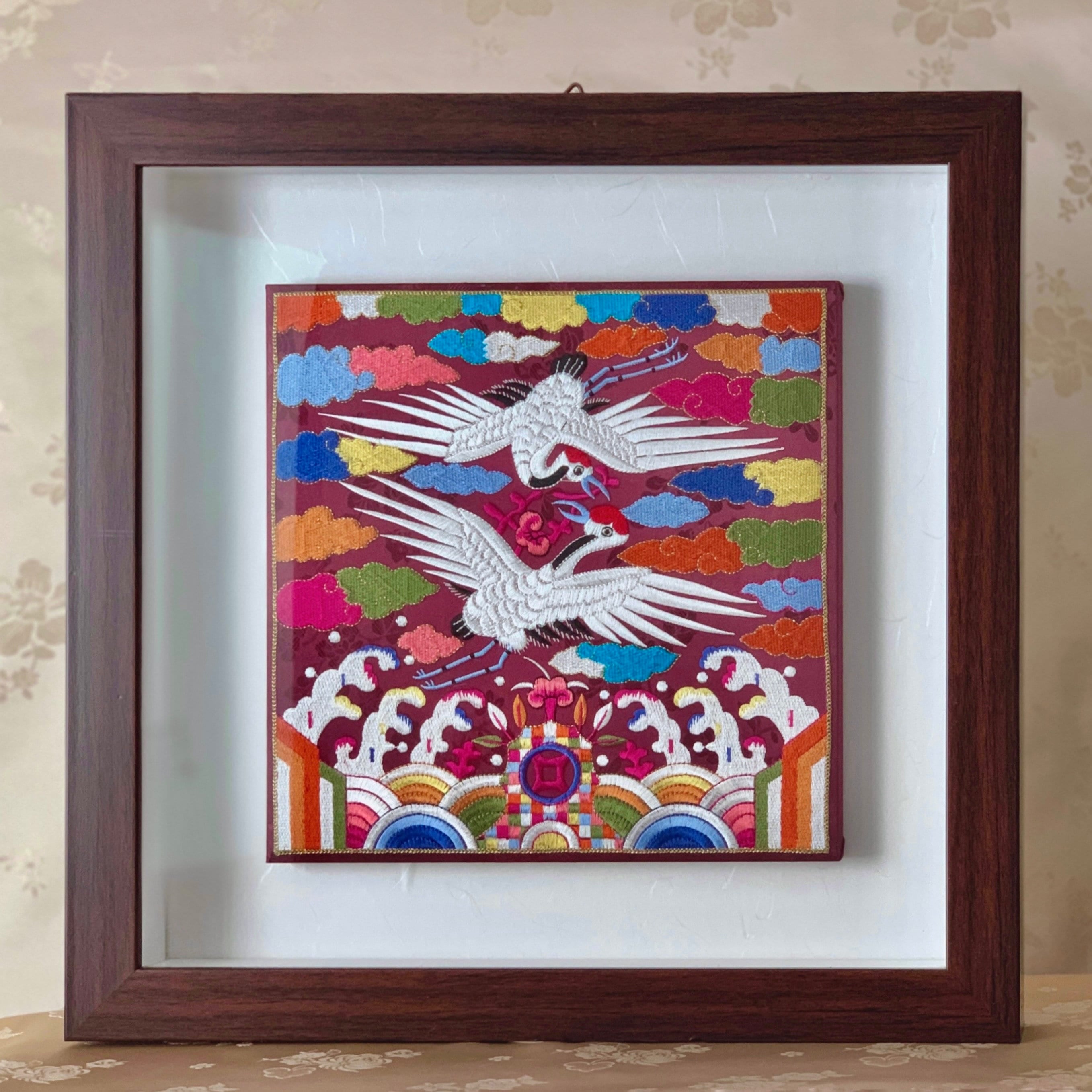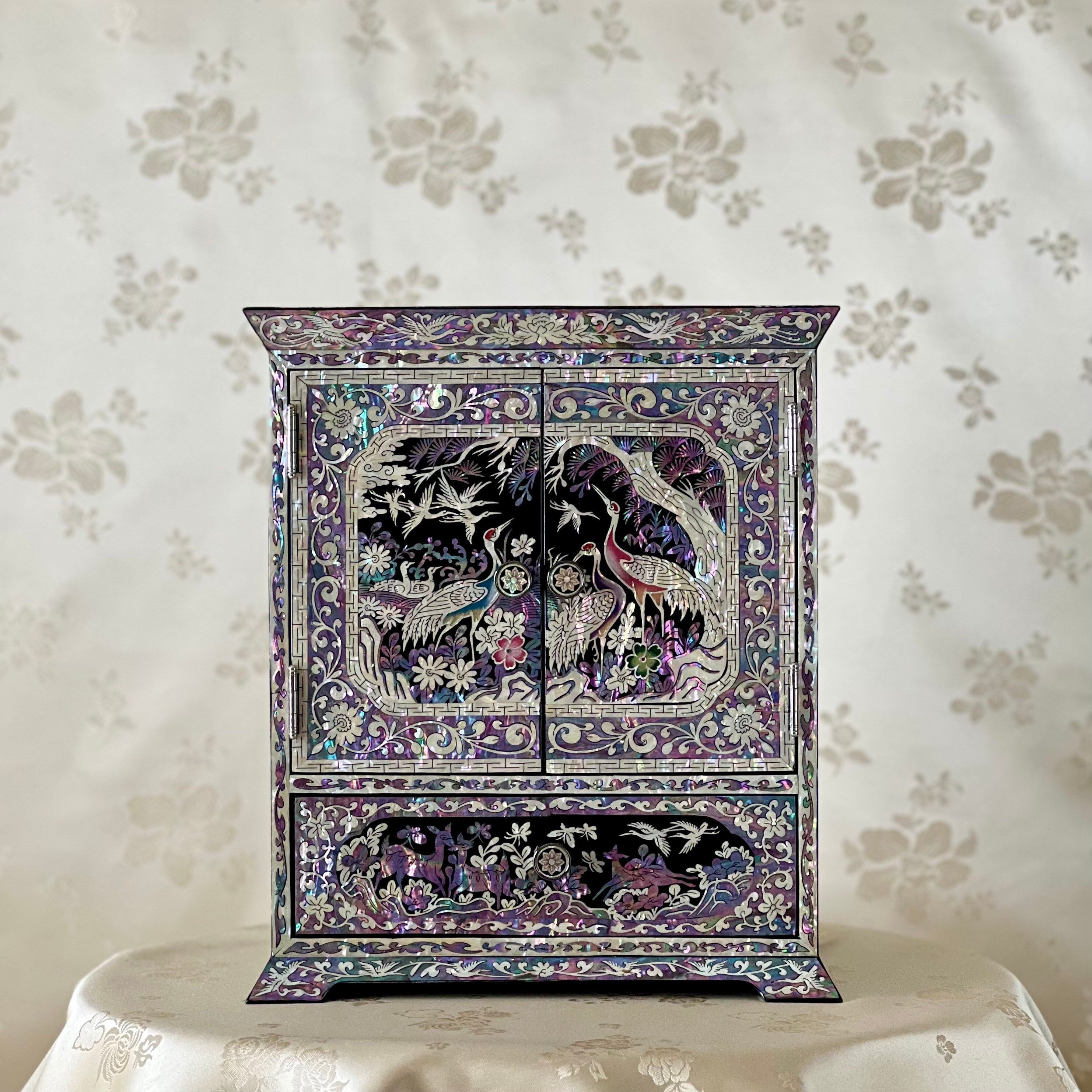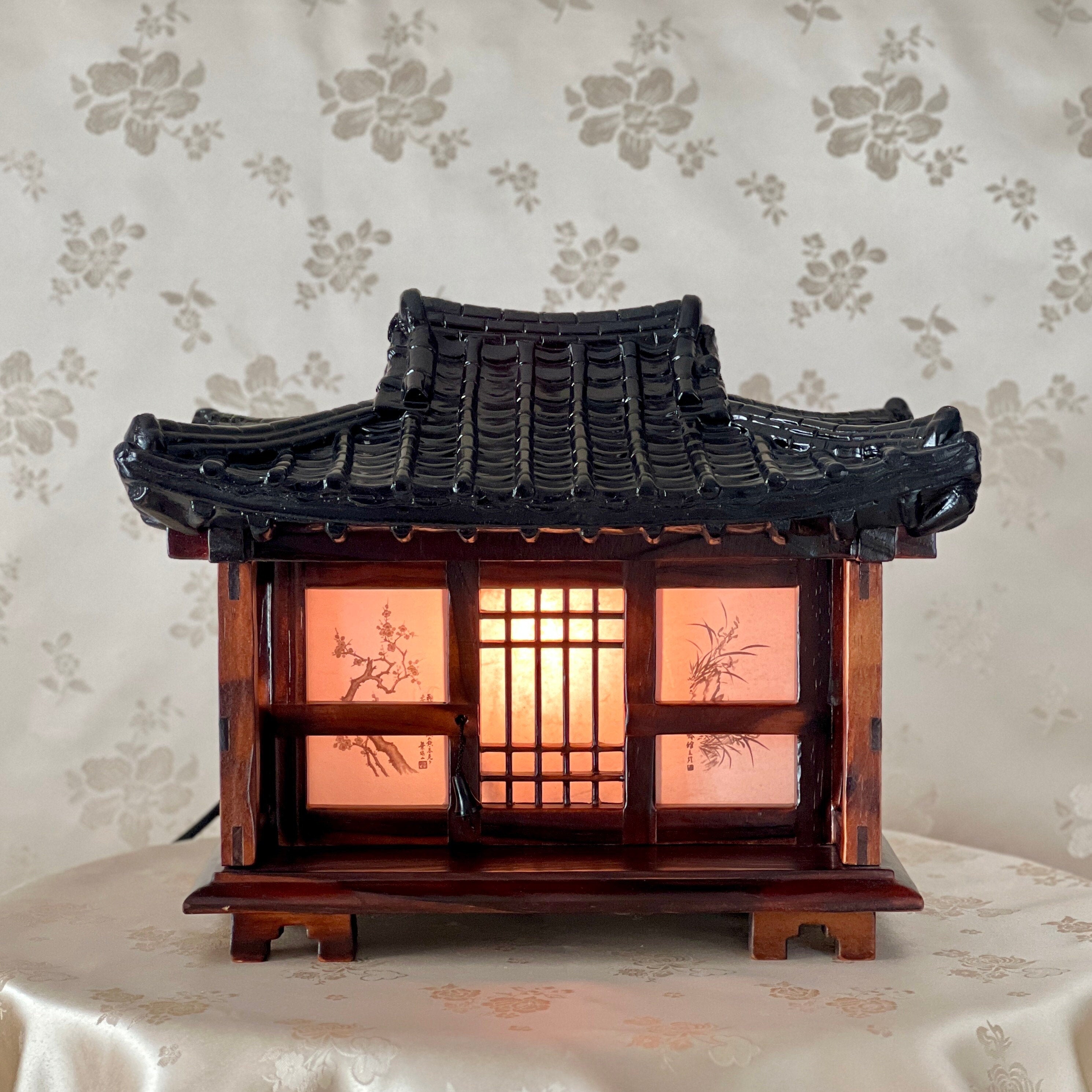About Embroidery Art
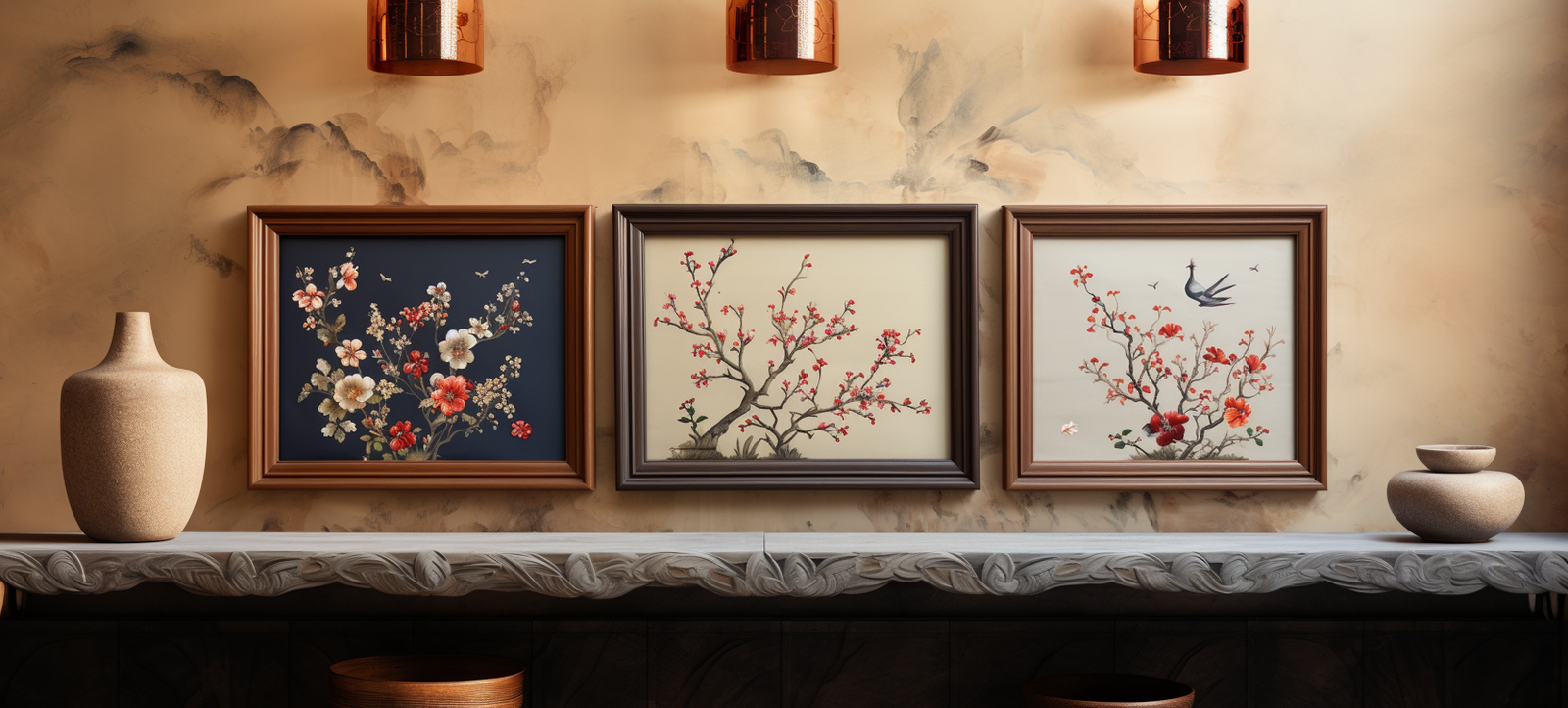
The Korean jasu has a long history dating back to the prehistoric period. Relics such as spindle carts, bone and stone needles, and needle pouches have been found.
With the development of textile and dyeing techniques, Korean jasu grew in sophistication. The usage of golden threads and high-quality silk, coloring of threads, etc., are some examples of this.
During the Goryeo Dynasty, Korean jasu became extremely luxurious. There were mainly four different types of Korean jasu: boksik jasu, giyong jasu, gamsang jasu, and Buddhist jasu.
Bosik jasu was used to decorate clothing. Giyong jasu was used to decorate the materials used in the king’s palaces. Gamsang jasu was used to decorate ornamental materials and was often used in decorating folding screens in bedrooms or living rooms. As Buddhism was a national religion at that time, Buddhist jasu was heavily used in statues of Buddha or in temples.
During the Joseon Dynasty, the legislation of the hyungbae (official insignia) system was significant in the development of Korean jasu. Hyungbae refers to the embroidered emblems representing the ranks of government officials on the chest and back of the official robes of the royal family and government officials.


